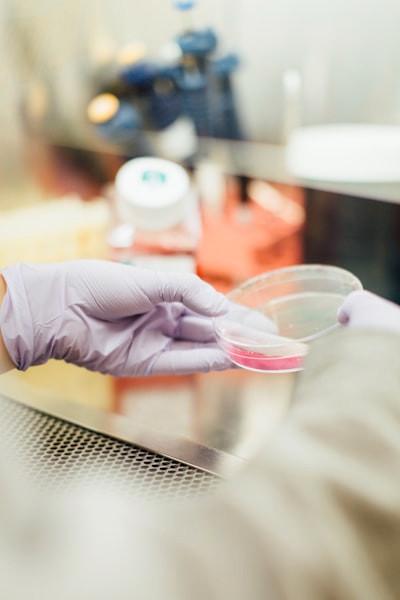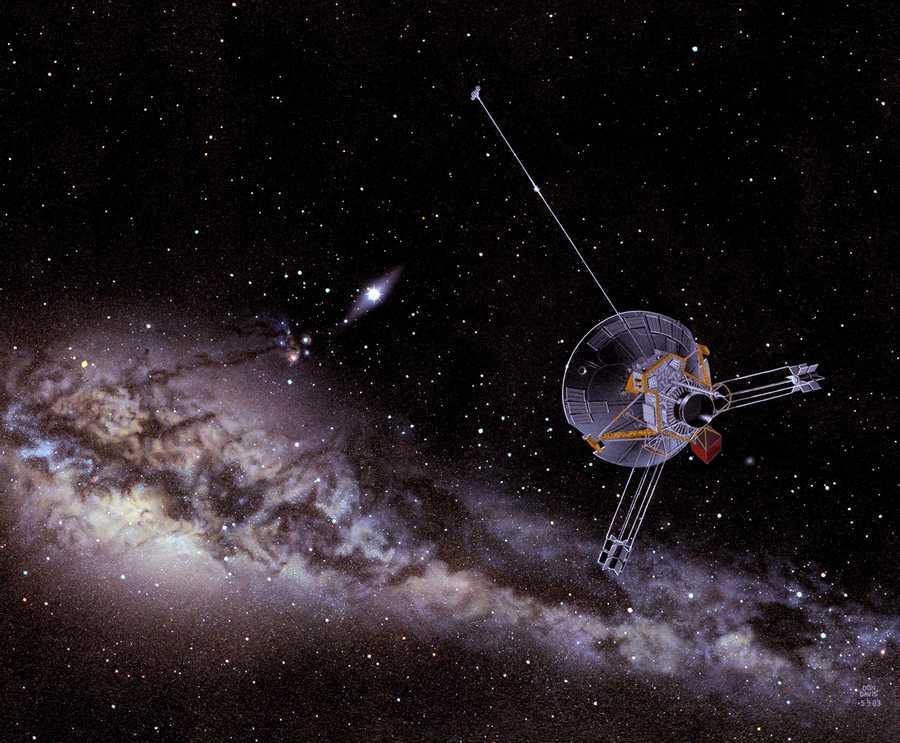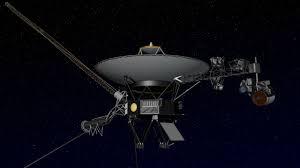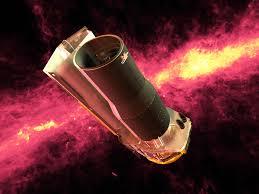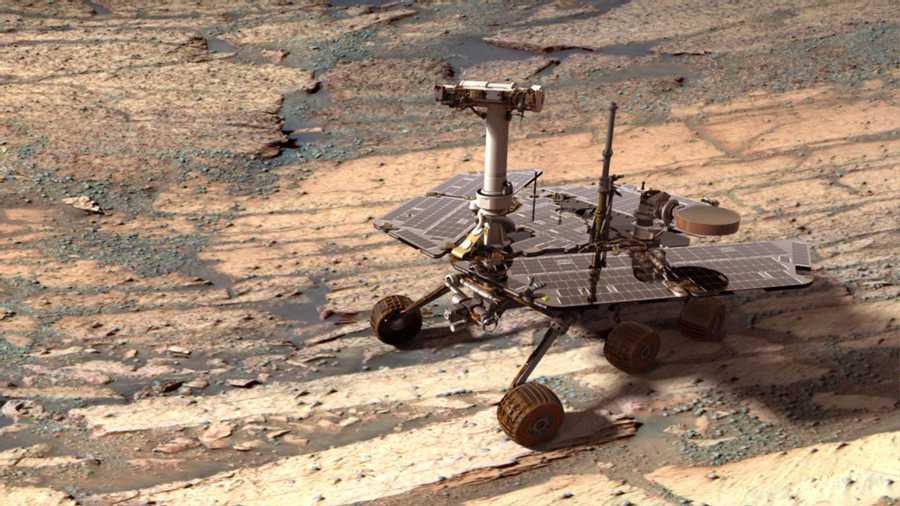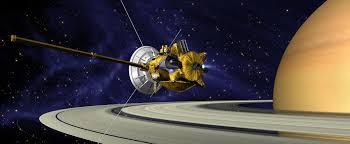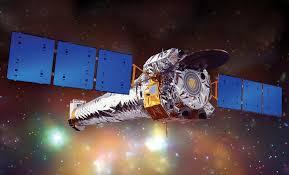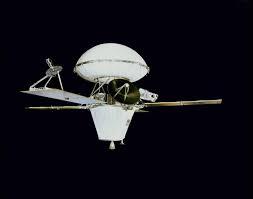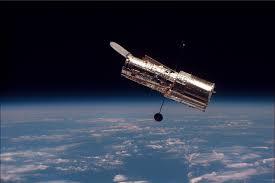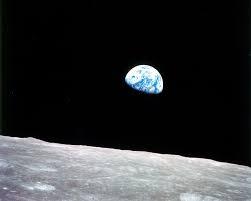Explore the World's Best Ideas
Join today and uncover 100+ curated journeys from 50+ topics. Unlock access to our mobile app with extensive features.
Pioneer
Pioneer 10 and Pioneer 11 were launched in 1972 and 1973. They were the first spacecraft to visit Jupiter and Saturn in a one-way voyage.
- Pioneer 10 traveled through the solar system's asteroid belt between Mars and Jupiter.
- A year-and-a-half after it's launch, it made the first flyby of the planet Jupiter and took up-close photos of the Great Red Spot.
- A year later, Pioneer 11 flew by Jupiter, then toward Saturn, where it discovered a couple of small moons around the planet and a new ring.
55
186 reads
Voyager
Voyager 1 and Voyager 2 probes followed after the Pioneers.
- They made many important discoveries about Jupiter and Saturn.
- Discoveries include rings around Jupiter and volcanism on Jupiter's moon.
- Voyager made the first flybys of Uranus, where it discovered ten new moons.
- It found that Neptune weighs less than first thought.
- Both Voyager crafts can continue to transmit radio signals until at least 2025.
- It is now exploring the edge of the solar system.
50
118 reads
WMAP
The Wilkinson Microwave Anisotropy Probe (WMAP) was launched in 2001 and measured the temperature of the radiation left over from the Big Bang.
- The craft can map out the fluctuations in the presumed cosmic microwave background radiation.
- The data from WMAP revealed a better estimate for the age of the universe.
- It confirmed that about 95 percent of the universe is composed of dark matter and dark energy.
53
98 reads
Spitzer
The Spitzer Space Telescope observes the heavens through infrared light.
- It takes stunning photos of galaxies, nebulae, and stars.
- In 2005, Spitzer detected light from extrasolar planets.
54
119 reads
Spirit & Opportunity
In 2004, these twin Mars Exploration Rovers landed on opposite sides of the planet and explored it for more than five years.
Among the major finds is evidence that the surface of Mars once had liquid water.
53
129 reads
Cassini-Huygens
NASA/ESA spacecraft was launched in 1997 and reached Saturn in 2004. Since then its been orbiting around the planet and taking photos of the planets' rings, moons, and weather.
The Huygens and Cassini probes separated. Huygens made a trip to the moon Titan and landed on solid ground in 2005. Cassini is the first to orbit Saturn and study the system in detail.
49
94 reads
Chandra
The earth's atmosphere blocks out most X-rays and prevents astronomers from viewing the universe in X-ray light - a high-energy, short-wavelength light.
- In 1999, the Chandra X-ray Observatory was sent up to space. It scans the skies in X-ray light and can see X-ray sources 100 times fainter than any previous X-ray telescope.
- Chandra showed scientists the first glimpse of Cassiopeia A, a supernova remnant.
52
95 reads
Viking
NASA's Viking 1 was the first man-made object that soft-landed on Mars in July 1976.
The Viking 1 lander is also the longest-running Mars surface mission, and sent the first color pictures back from the surface of Mars,
51
94 reads
Hubble
The photos of the Hubble Space Telescope is recognized around the world. It has radically changed science.
NASA developed a tool that could reveal starts, planets, nebulae, and galaxies in detail.
54
105 reads
Apollo
NASA's best space mission was the Apollo, taking humans along. The Apollo trips brought moonrocks home. The astronauts gathered data that helped us learn the likely age of the moon and what it's made of.
53
104 reads
IDEAS CURATED BY
Cherry Mary's ideas are part of this journey:
Learn more about scienceandnature with this collection
Understanding the basics of blockchain technology
The benefits and challenges of using blockchain
The future of blockchain technology
Related collections
Similar ideas
13 ideas
In Depth | Jupiter – NASA Solar System Exploration
solarsystem.nasa.gov
1 idea
Active Volcanoes of Our Solar System
geology.com
10 ideas
Read & Learn
20x Faster
without
deepstash
with
deepstash
with
deepstash
Personalized microlearning
—
100+ Learning Journeys
—
Access to 200,000+ ideas
—
Access to the mobile app
—
Unlimited idea saving
—
—
Unlimited history
—
—
Unlimited listening to ideas
—
—
Downloading & offline access
—
—
Supercharge your mind with one idea per day
Enter your email and spend 1 minute every day to learn something new.
I agree to receive email updates
